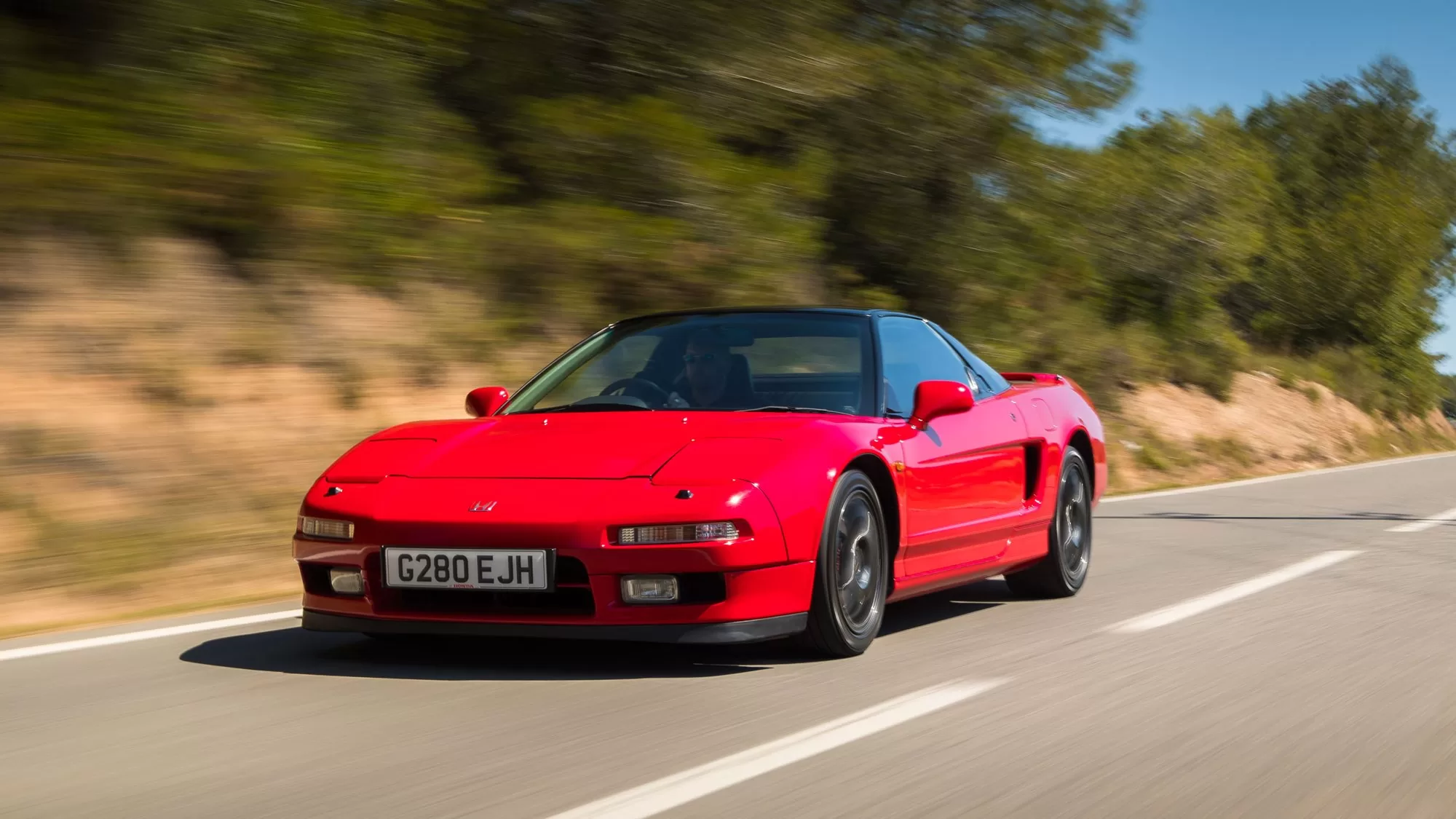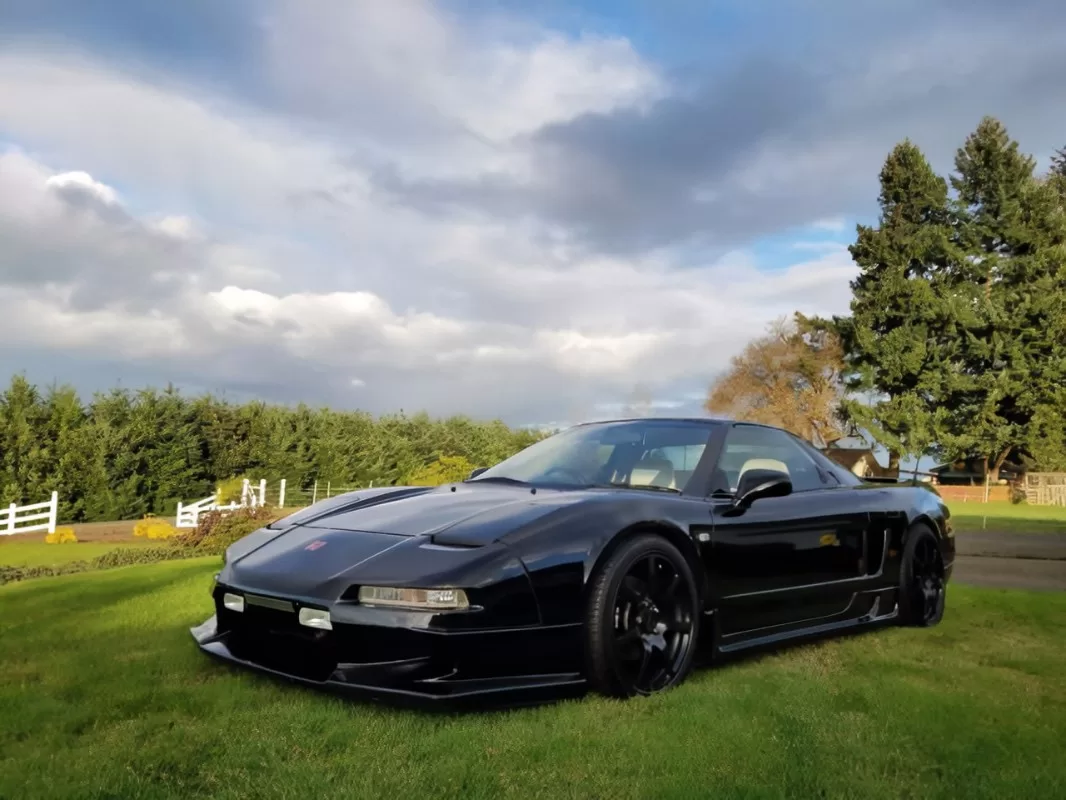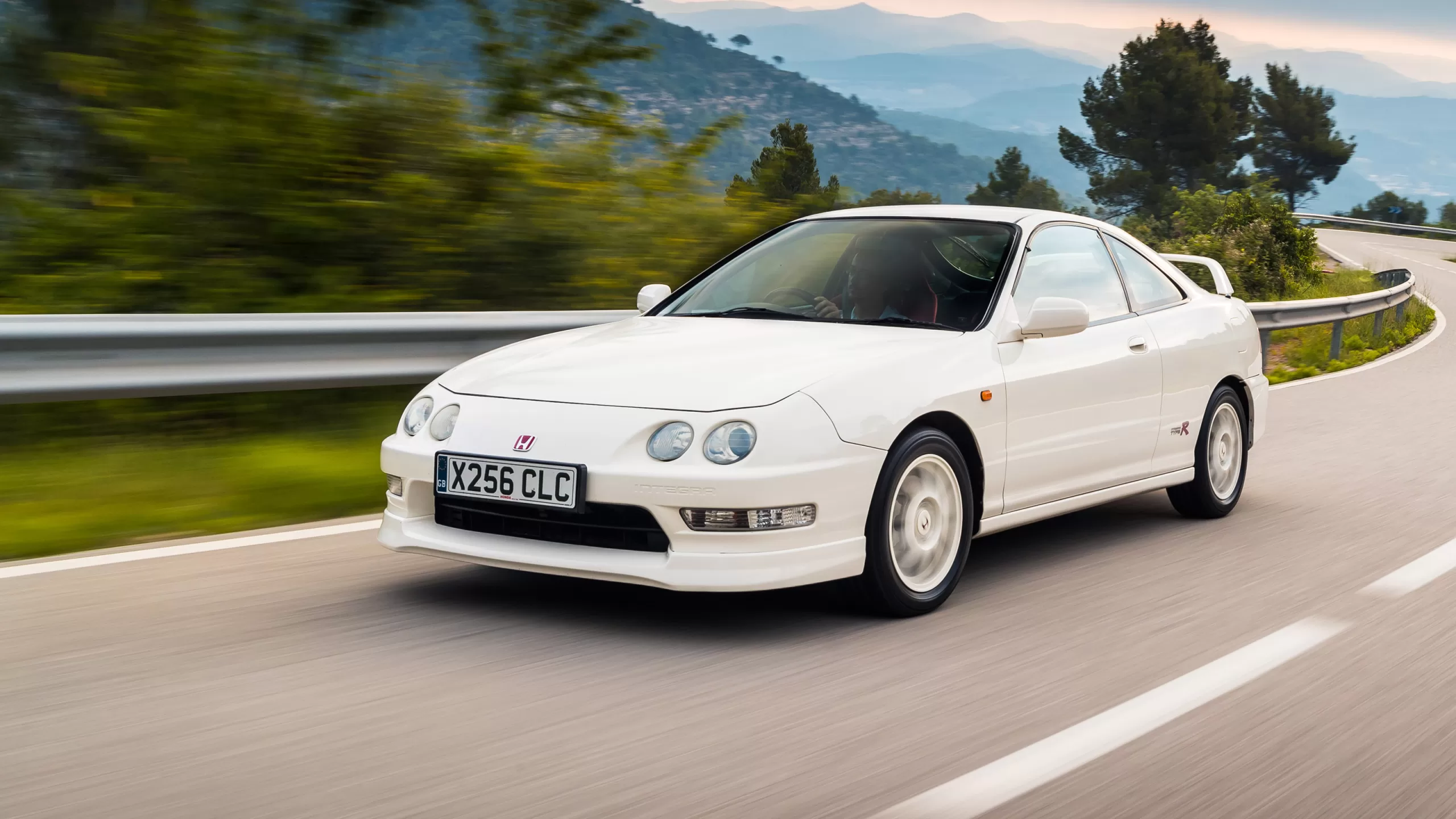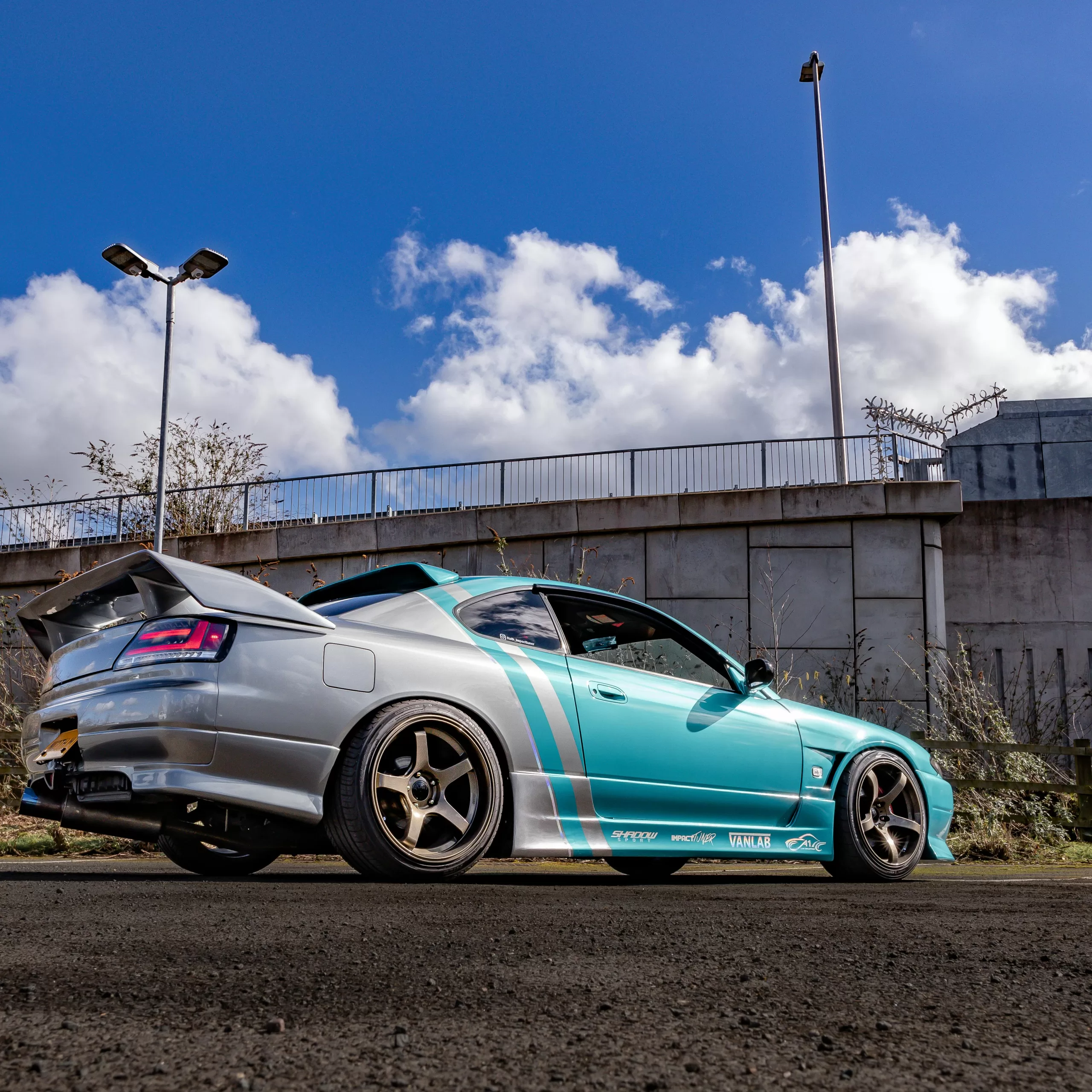80s Japanese Cars – Pushing Technology Limits & Shattering Stereotypes
As the 1980s rolled around, Japanese automakers set sights on claiming performance prestige after establishing mass-market dominance. Revolutionary sports cars and sedans elevated the likes of Honda, Toyota, and Nissan onto the world stage. Japanese R&D departments channeled Formula 1 inspiration coupled with pioneering refinements creating a decade of now-iconic cars.
Deploying Turbochargers, DOHC and VTEC Technologies
Seeking enhanced horsepower without heavy eight-cylinder engines, most opted for turbochargers augmenting smaller engines. To extract additional juice from each combustion cycle, dual overhead cams (DOHC) allowed precise control over valve timing. Honda went a step further with VTEC – variable valve timing tailored for optimized low-end torque or high-end horsepower as needed. This innovative engineering birthed 1980s icons like the Honda Civic CRX and Prelude Si.

Going luxe also meant wrapping cutting-edge powertrains in high-tech shells with rich materials. Nissan applied these principles to the stunning 300ZX sports car plus Maxima sedan. Toyota generated the agile MR2 mid-engine roadster and stylish Supra grand tourer.
80s Japanese Cars Shattering Preconceptions of Japanese Cars
Previously mocked for crude workmanship and tinny construction, the ’80s brought extensive refinement to combat misconceptions. Nissan applied aircraft manufacturing techniques on their Bluebird sedan range, enhancing ride quality through lightweight materials and four-wheel independent suspension.

Mazda rotary-powered RX sports cars lead the charge emphasizing maneuverability over outright speed. Even boxy econoboxes boasted surprising pep thanks to fuel injection and lightweight design.
Making Waves with the Legendary Honda/Acura NSX
As a culmination of ’80s ambitions, Honda stunned the world when their mid-engine NSX supercar launched as a 1990 model.

Constructed via a bespoke aluminum monocoque with Formula 1-derived V6 power, the everyday fascinating delivered Ferrari performance through an accessible package focused on driver engagement over raw speed. The NSX alone shifted perceptions of Japanese peculiar car potential.

But across classes, ’80s cars established Japan as the leader in technology and build quality. Prestigious brands that seemed untouchable a decade earlier now faced viable challengers from Tokyo in both showrooms and motor racing.

Labels like Type-R and Twin Turbo entered the enthusiast lexicon while once-derided marques suddenly garnered global reverence. Emerging from the brink of bankruptcy, gutsy bets on high-tech performance developments paid off handsomely for Japanese manufacturers during this pivotal decade.





